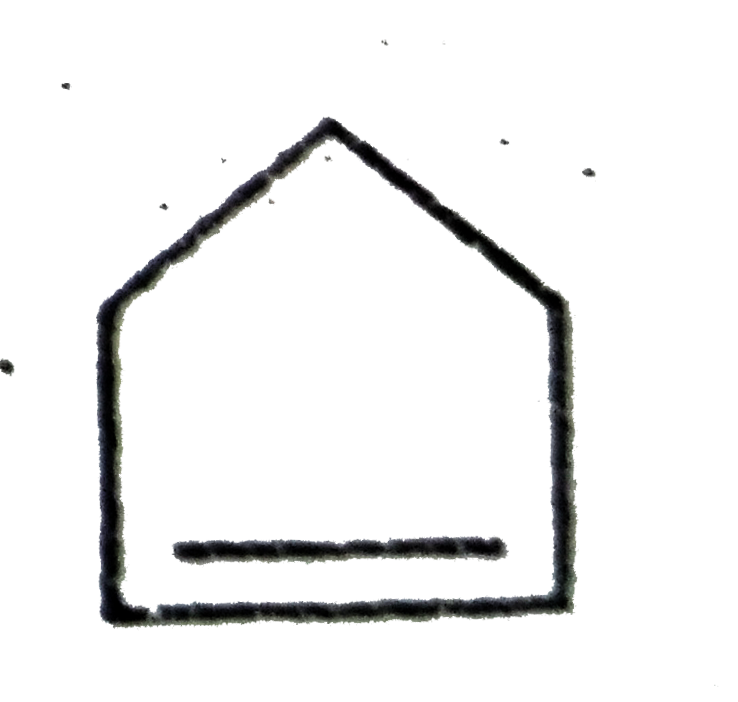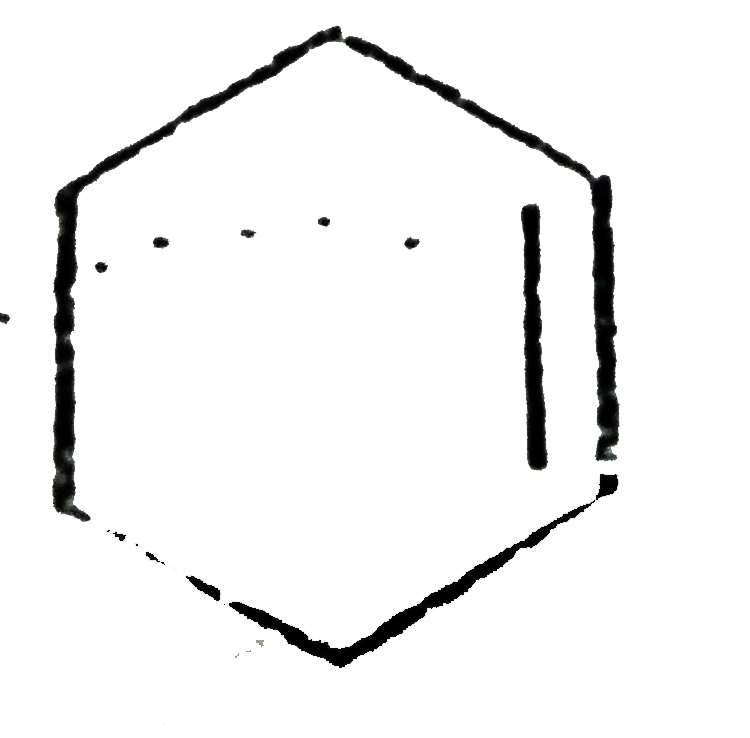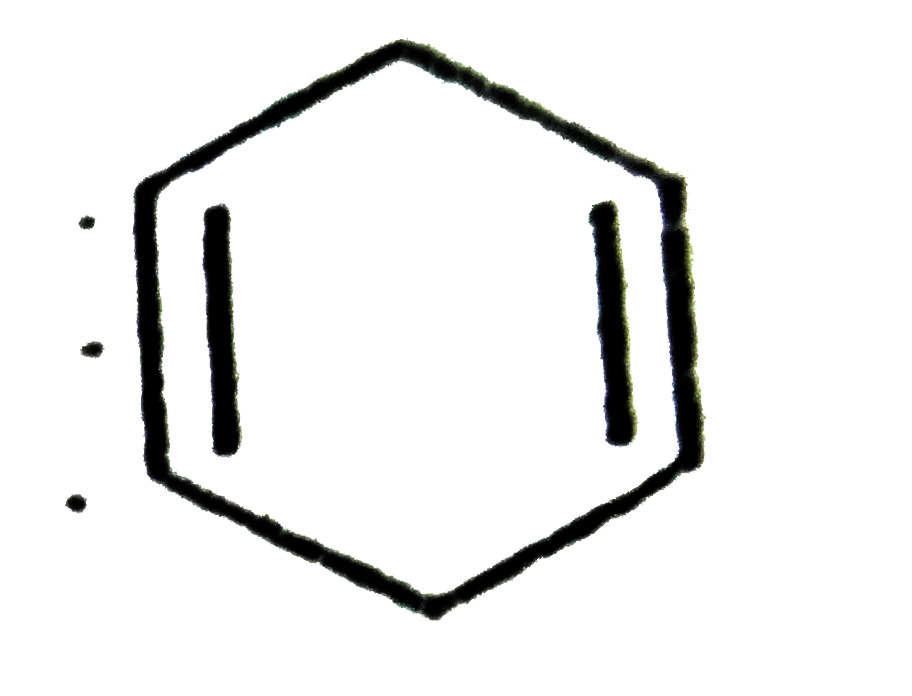Point out (X) in the given reaction sequence : (X)O3/H2O−−−−→(Y)Δ−−→2CH3COOH+CO2




To solve the question, we need to identify the compound (X) that undergoes ozonolysis to form (Y), which then is heated to produce 2 moles of acetic acid (CH₃COOH) and carbon dioxide (CO₂).
1. Understanding Ozonolysis: Ozonolysis is a reaction where ozone (O₃) cleaves double bonds in alkenes to form carbonyl compounds. In oxidative ozonolysis, these carbonyl compounds are further oxidized to carboxylic acids.
2. Analyzing the Products: The final products are 2 moles of acetic acid (CH₃COOH) and carbon dioxide (CO₂). This indicates that the starting compound (X) must have a structure that, upon ozonolysis and subsequent heating, can yield these products.
3. Identifying the Structure of (Y): Since (Y) leads to 2 moles of acetic acid and CO₂, we can deduce that (Y) must have two carboxylic acid groups formed from the cleavage of a compound with two double bonds. The presence of CO₂ suggests that one of the carbons in (Y) is lost during the reaction.
4. Determining the Structure of (X): To produce (Y) with two carboxylic acid groups, (X) must be a diene (a compound with two double bonds). The simplest diene that fits this description is 1,3-butadiene (C₄H₆). Upon ozonolysis, 1,3-butadiene would yield two moles of acetic acid after oxidative cleavage.
5. Finalizing (X): Therefore, the compound (X) is 1,3-butadiene (C₄H₆).
Conclusion:
The compound (X) in the given reaction sequence is 1,3-butadiene (C₄H₆).
---
The compound (X) in the given reaction sequence is 1,3-butadiene (C₄H₆).
Similar Questions
Knowledge Check
Find out (A) in the given reaction sequence:
(A)O3/H2O−−−−→(B)Δ−−→2CH3COOH+CO2A B
B C
C D
D
Point out A in the given reaction sequence
AO3/H2O2−−−−−→BΔ−−→2CH3COOH+CO2A B
B C
C D
D
CH≡CHO3/NaOH−−−−−−→XZn/CH3COOH−−−−−−−−−→Y . Y is
ACH3OHBCH3COOHCCH3CH2OHDCH2OH−CH2OH
The major product (Y)in the following reaction sequency is :
CH3−CH3∣CH−CH=CH2Br2/H2O−−−−−→Xconc.H2SO4/Δ−−−−−−−−−→Y
View SolutionIn the reaction sequence CH3−CH2−COOH
Br2/PBr3−−−−−−→xBr2−−→yH2O−−→
View SolutionIn the given reaction ,
CH3−O∣∣C−C2H5[x]−−→CH3−CH2−C2H5
X will be :
View SolutionIn the given reaction sequence
Ph−CH2−CHONaOH−−−→Δ−−→H2/Ni−−−→(X)
Product (X) will be
View SolutionIn the following reaction, X and Y are respectively.
CH3COOH+NH3→XΔ−−→Y+H2O
View Solution
